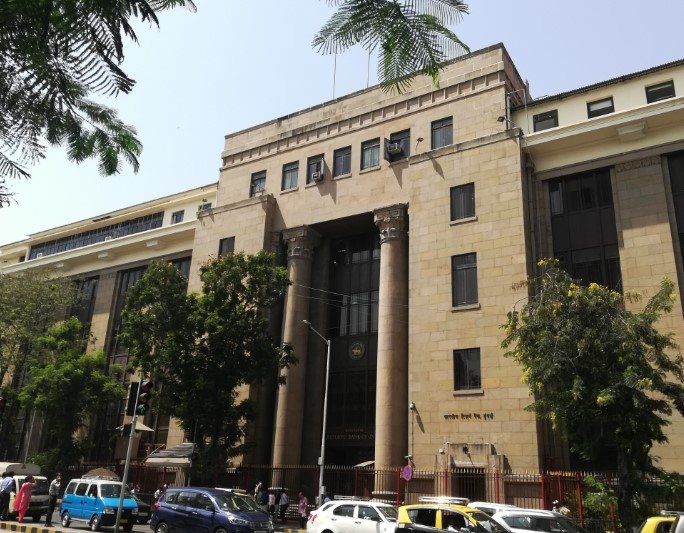The Reserve Bank of India (RBI) has taken a decisive step, cutting its repo rate by 25 basis points to 6.25%. This marks the first reduction in nearly five years, a move widely interpreted as the beginning of a rate-cutting cycle. With cheaper short-term funding for banks, many borrowers are wondering: will personal loan interest rates follow suit?
Banks to React, But Timing Uncertain
Banks don’t always move in lockstep with the RBI when it cuts rates. Lending rates on floating-rate loans, such as home loans and some personal loans, are linked to the marginal cost of funding-based lending rate (MCLR). This means banks adjust their rates based on multiple factors, including deposit rates and their own funding costs.
That said, past trends suggest that banks do pass on at least some of the benefits to borrowers, though the extent and timing vary. Some banks may act swiftly, while others may take months to recalibrate their lending rates.

How Loan Rates Are Set
To understand the potential impact of the rate cut, it’s essential to look at how banks determine lending rates:
- MCLR: The minimum rate at which banks can lend, influenced by factors like deposit rates, repo rates, and operating costs.
- External Benchmark-Linked Rates: Some loans, especially retail loans, are directly linked to RBI’s repo rate.
- Market Conditions: Demand for credit and competition among banks can influence rate changes beyond the RBI’s decision.
With the latest repo rate cut, banks may see a reduction in borrowing costs, which could gradually translate into lower loan rates.
What Borrowers Can Expect
Borrowers looking for personal loans might soon see a drop in interest rates. However, several factors will determine how quickly and significantly rates fall:
- Bank Policies: Some banks might prioritize passing on rate cuts to home loans first before adjusting personal loan rates.
- Creditworthiness: Borrowers with high credit scores may get better deals sooner than others.
- Economic Trends: If inflation remains under control, the RBI could go for further rate cuts, leading to a more noticeable impact on loan rates.
For now, existing borrowers on floating-rate loans should keep an eye on their bank’s announcements, while new borrowers may benefit from waiting a few weeks before taking out a loan.
Is This Just the Beginning?
The 25 basis point cut has fueled speculation about more reductions ahead. Analysts believe this could be the start of a broader easing cycle, particularly if inflation remains moderate and economic growth needs further support.
The coming months will be crucial. If the RBI signals more cuts, banks might feel more confident in adjusting their lending rates downward. For borrowers, this could mean better financing conditions, particularly for high-interest loans like personal loans and credit card debt.
While nothing is guaranteed, the trend points to an eventual decline in loan costs—just not overnight. Borrowers should stay informed and compare rates before making financial decisions.
